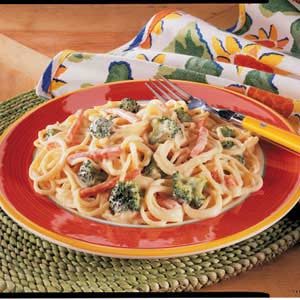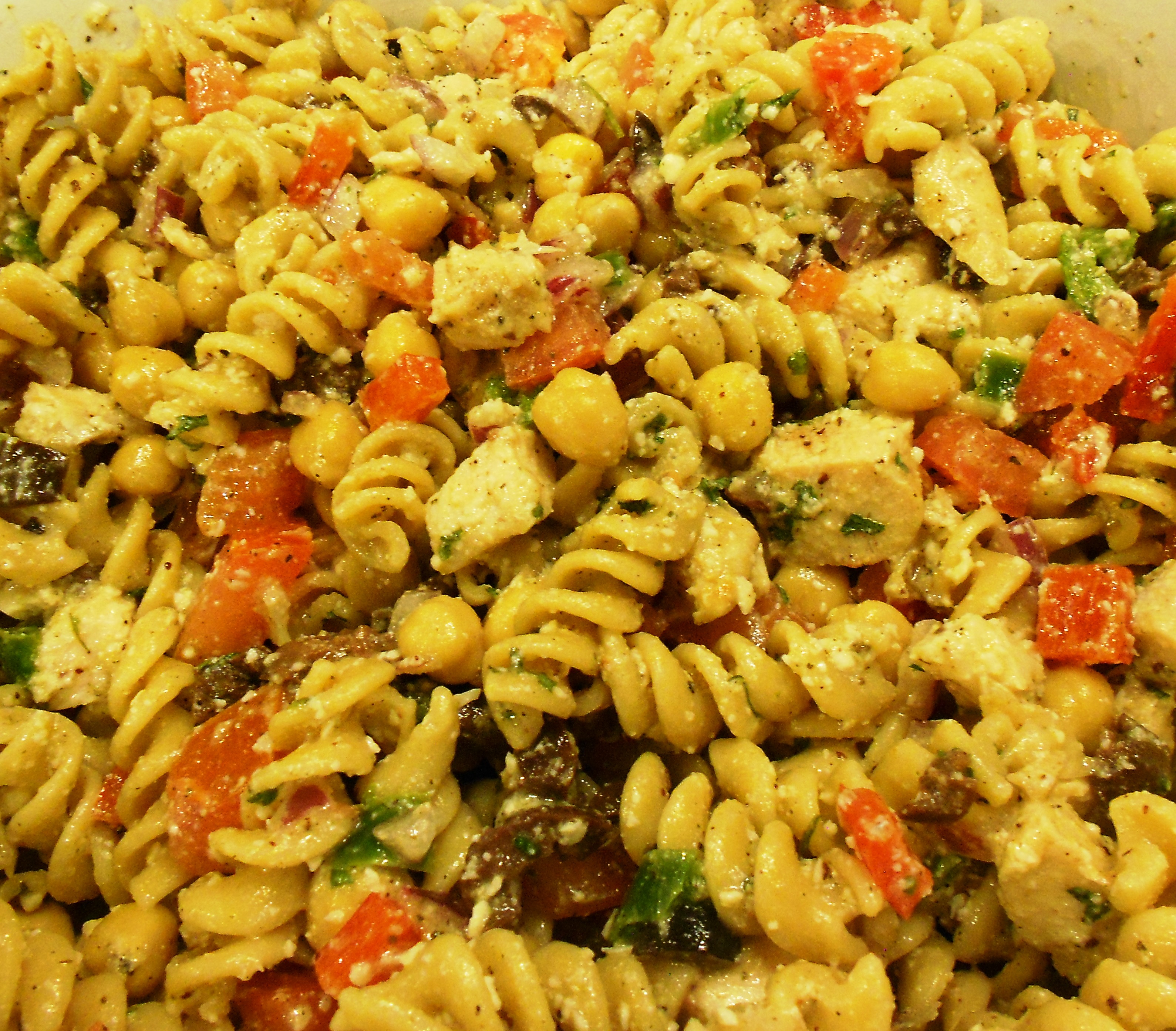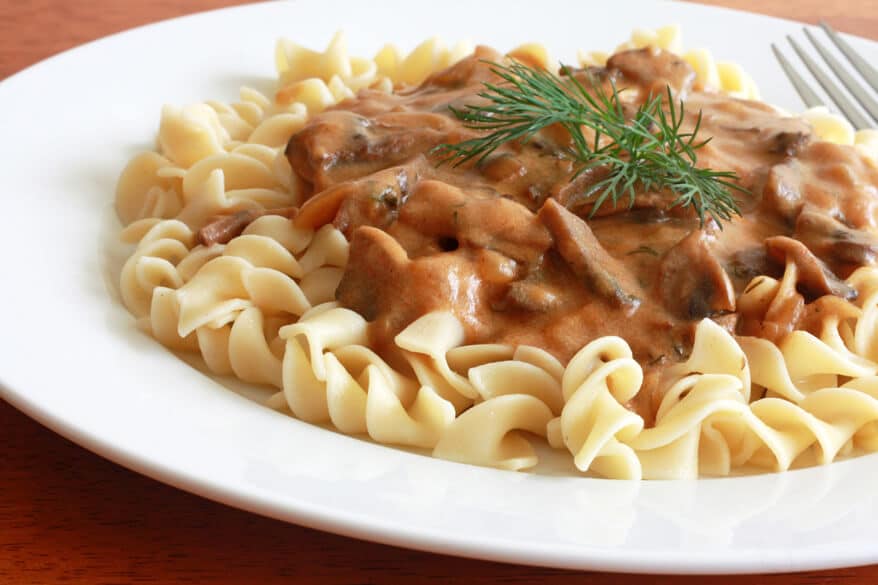| Source: Google.com.pk |
Like many Italian dishes, there is considerable variation in recipes and names across different regions. For example, the Tuscan malfatti (literally "poorly made") are a sort of flour, ricotta, and spinach gnocchi; the Pugliese cavatielli are flour-based, gnudi have much less flour, and so on.Gnocchi are served warm to hot and eaten as a first course (primo piatto), as an alternative to soups (minestre) or pasta. They are generally home-made in Italian and diaspora Italian households. They may also be bought fresh from speciality stores. In supermarkets, industrially produced packaged gnocchi are widely available refrigerated, dried, or frozen. Common accompaniments of gnocchi include melted butter (sometimes fried butter) with sage, pesto, and various sauces.The word gnocchi may derive from the Italian word nocchio, meaning a knot in wood, or from nocca (meaning knuckle).[14] It has been a traditional Italian pasta type of probable Middle Eastern origin since Roman times.[15] It was introduced by the Roman legions during the expansion of the empire into the countries of the European continent. In the past 2,000 years, each country developed its own specific type of small dumpling, with the ancient gnocchi as their common ancestor.[citation needed] In Roman times, gnocchi were made from a semolina porridge-like dough mixed with eggs, and are still found in similar forms today, particularly the oven-baked gnocchi alla romana and Sardinia's malloreddus (although these do not contain eggs).The use of potato is a relatively recent innovation, occurring after the introduction of the potato to Europe in the 16th century.[16] Potato gnocchi are particularly popular in Abruzzo, Friuli-Venezia Giulia, Veneto, Ciociaria and other provinces of Latium. As with other mashed potato dishes they are best prepared with floury potatoes to keep a light texture.One variety, gnocchi di pane (literally "bread lumps"), derived from the Semmelknödel, is made from breadcrumbs and is popular in Friuli-Venezia Giulia, Veneto and Trentino-Alto Adige/Südtirol. Another variety from the latter region is spinach gnocchi.nocchi are a very popular and often served dish in coastal Croatia, typically being served as a first course or a side dish with Dalmatinska pašticada. The Croatian name for Gnocchi is 'njoki'.The name is also used in France in the dish known as "gnocchis à la parisienne", a hot dish comprising gnocchi formed of choux pastry, and served with Béchamel sauce.In Nice, the "gnocchi de tantifla a la nissarda" is made with potatoes, and wheat flour. It is a refined speciality in Nice.There is another variant of the "gnocchi de tantifla a la nissarda". It's "la merda dé can", literally, the dog shit. It is made with potatoes, wheat flour, eggs and 'blette' (Swiss Chard), which is also used for the "tourte de blette". "La merda dé can" is longer than the original gnocchi.Due to the significant number of Italian immigrants who arrived in Argentina, Brazil and Uruguay, gnocchi, ñoqui (Spanish, [ˈɲoki]) or nhoque (Portuguese, pronounced: [ˈɲɔki]) is a popular dish, even in areas with few Italian immigrants. In Paraguay, Uruguay and Argentina there is a tradition of eating gnocchi on the 29th of each month, with some people putting money beneath their plates to bring prosperity.Carbonara is an Italian pasta dish from Lazio, and more specifically Rome, based on eggs, cheese (Pecorino Romano or Parmigiano-Reggiano), bacon (guanciale or pancetta), and black pepper. Spaghetti is usually used as the pasta, however, fettuccine, rigatoni, linguine or bucatini can also be used. The dish was created in the middle of the 20th century.The pork is cooked in fat, which may be olive oil, lard, or less frequently butter. The hot pasta is combined with a mixture of raw eggs, cheese, and a fat away from additional direct heat to avoid coagulating the egg, either in the pasta pot or in a serving dish. The eggs should create a creamy sauce, and not curdle.Guanciale is the most commonly used meat in Italy, but pancetta and local bacon are also used. Versions of this recipe may differ in how the egg is added: some people use the whole egg, while other people use only the yolk; intermediate versions with some whole eggs and some yolk are also possible.Cream is not common in Italian recipes but is often used elsewhere. Garlic is similarly found mostly outside Italy.
Other variations on carbonara outside Italy may include peas, broccoli, mushrooms, or other vegetables. Many of these preparations have more sauce than the Italian versions. As with many other dishes, ersatz versions are made with commercial bottled sauces.As with many recipes, the origins of the dish and its name are obscure.The dish forms part of a family of dishes involving pasta with bacon, cheese, and pepper, such as spaghetti alla gricia. Indeed, it is very similar to the southern Italian pasta cacio e uova, dressed with melted lard and mixed eggs and cheese.There are many theories for the origin of the name, which may be more recent than the dish itself. Since the name is derived from carbonaro (the Italian word for charcoal burner), some believe the dish was first made as a hearty meal for Italian charcoal workers. In parts of the United States the etymology gave rise to the term "coal miner's spaghetti". It has even been suggested that it was created as a tribute to the Carbonari ("charcoalmen"), a secret society prominent in the early, repressed stages of Italian unification.It seems more likely that it is an urban dish from Rome, although it has nothing to do with the homonym restaurant in the Roman Campo de' Fiori square.Pasta alla Carbonara was included in Elizabeth David's Italian Food, an English-language cookbook published in Great Britain in 1954. However, the dish is not present in Ada Boni's 1927 classic La Cucina Romana and is unrecorded before the Second World War. It was first described after the war as a Roman dish, when many Italians were eating eggs and bacon supplied by troops from the United States.
Quick Pasta Recipes Recipe Of Pasta In Urdu By Chef Zakir In Hindi Salad With White Sauce In Urdu In Indian Style In Red Sauce Photos
Quick Pasta Recipes Recipe Of Pasta In Urdu By Chef Zakir In Hindi Salad With White Sauce In Urdu In Indian Style In Red Sauce Photos Quick Pasta Recipes Recipe Of Pasta In Urdu By Chef Zakir In Hindi Salad With White Sauce In Urdu In Indian Style In Red Sauce Photos Quick Pasta Recipes Recipe Of Pasta In Urdu By Chef Zakir In Hindi Salad With White Sauce In Urdu In Indian Style In Red Sauce Photos
Quick Pasta Recipes Recipe Of Pasta In Urdu By Chef Zakir In Hindi Salad With White Sauce In Urdu In Indian Style In Red Sauce Photos
Quick Pasta Recipes Recipe Of Pasta In Urdu By Chef Zakir In Hindi Salad With White Sauce In Urdu In Indian Style In Red Sauce Photos
Quick Pasta Recipes Recipe Of Pasta In Urdu By Chef Zakir In Hindi Salad With White Sauce In Urdu In Indian Style In Red Sauce Photos
Quick Pasta Recipes Recipe Of Pasta In Urdu By Chef Zakir In Hindi Salad With White Sauce In Urdu In Indian Style In Red Sauce Photos
Quick Pasta Recipes Recipe Of Pasta In Urdu By Chef Zakir In Hindi Salad With White Sauce In Urdu In Indian Style In Red Sauce Photos
Quick Pasta Recipes Recipe Of Pasta In Urdu By Chef Zakir In Hindi Salad With White Sauce In Urdu In Indian Style In Red Sauce Photos
Quick Pasta Recipes Recipe Of Pasta In Urdu By Chef Zakir In Hindi Salad With White Sauce In Urdu In Indian Style In Red Sauce Photos
Quick Pasta Recipes Recipe Of Pasta In Urdu By Chef Zakir In Hindi Salad With White Sauce In Urdu In Indian Style In Red Sauce Photos Quick Pasta Recipes Recipe Of Pasta In Urdu By Chef Zakir In Hindi Salad With White Sauce In Urdu In Indian Style In Red Sauce Photos Quick Pasta Recipes Recipe Of Pasta In Urdu By Chef Zakir In Hindi Salad With White Sauce In Urdu In Indian Style In Red Sauce Photos









No comments:
Post a Comment